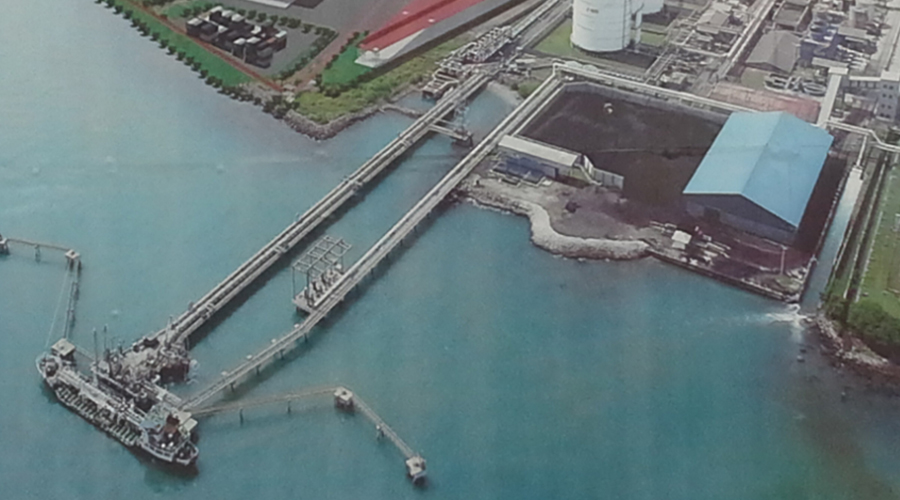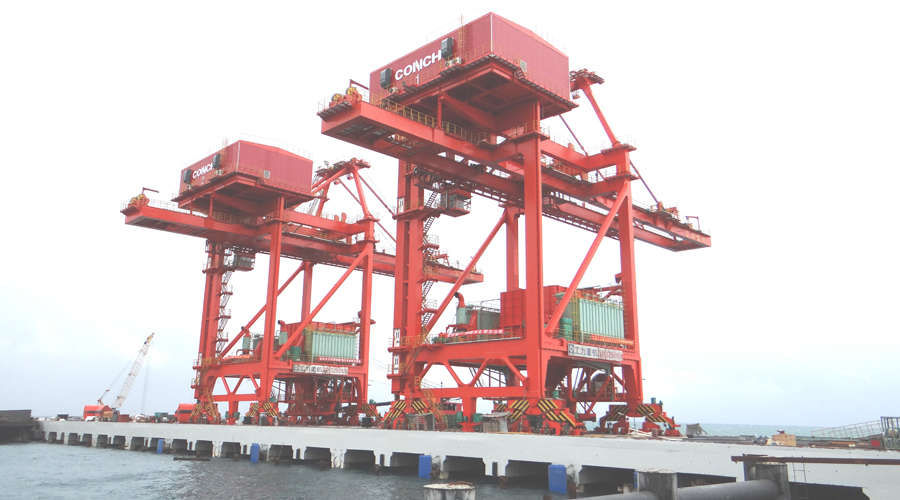-
Maritime Silk Road: Hong Kong and Singapore: Who will succeed, who will not?2017-05-06 14:22:24
Author: Mr. Joseph Chan, Chairman of Silk Road Economic Development Research Centre
Part of the One Belt One Road Initiative, the 21st Century Maritime Silk Road is a sea route which links China with South-East Asia, the Indian Subcontinent, North Africa and Europe. Undoubtedly, two very developed nations along the Belt and Road stand out from the rest: Hong Kong and Singapore. While both cities are said to be relatively similar due to their strong financial centres and port clusters, there are also distinct differences between the two. Amidst the Belt and Road uproar, it is no surprise that many will compare these two nations in reaping success from the Maritime Silk Road.
The Ports of Hong Kong and Singapore have come a long way. As container ports, Hong Kong and Singapore have established themselves as top players as early as the 1990s. The Port of Hong Kong has reigned as the busiest container port until 2004 before Singapore finally took over as the busiest container port with 23.19 million TEUs as compared to Hong Kong with 22.60 million TEUs. Eventually, both ports were completely taken over by the Port of Shanghai in 2010 with an outstanding 29.07 million TEUs. As of 2016, Singapore has fallen to the number two position while Hong Kong has fallen to the number five position. In the top ten rankings, it is indeed not a surprise to observe that six of them are Chinese ports (excluding Hong Kong). With China’s rapid economic growth in the past decade, the Belt and Road has become an important economic variable to the Europe-Asia intra-trade region in the coming decades.
As we can see, mainland Chinese ports are eroding away businesses from Hong Kong, due to its cheaper port calls and logistics. As such, the ideology of Hong Kong as an economic gateway to Southern China is slowly losing its traction. Furthermore, the downturn in the Chinese economy also have adverse effects in Hong Kong’s trade. Similarly, Singapore faces heavy competition from the growth of Chinese mainland ports, especially Shanghai and Ningbo-Zhoushan. As a trade-dependent economy, Singapore is also hit by a fall in external demand from superpowers like China or the US. Moreover, US withdrawal from the Trans-Pacific Partnership (TPP) is a further slap on Singapore logistics outlook.
Interestingly, one can argue that the Belt and Road is a double-edge sword which can be both beneficial and detrimental to Hong Kong and Singapore’s maritime sector.
While the premise of the Belt and Road initiative is based on improving the international relations between China and countries along the Silk Road, the increased openness of China’s economy poses a threat to Hong Kong’s maritime industry. As the Belt and Road Initiative continues to prosper, we can expect relaxation in sabotage laws in mainland China. This in turn, can cause Hong Kong to lose competitiveness in handling transshipment cargo. In a different light, the Belt and Road initiative also brought about improved business ties between Hong Kong with Asia and Middle East. It is crucial for the HKSAR government to continue to develop on the shipping cluster in Hong Kong through port development plans, attracting workforce and finally, through capital injection.
The Belt and Road has both upsides and downsides for Singapore too. The greater connectivity is likely to spur more economic activity in the maritime trade sector. Nonetheless, the Belt and Road threatens Singapore’s position as a transhipment hub with the potential threat of Kra Canal between China and Thailand which cuts the journey between the Indian Ocean and South China Sea by 1,200km. However, critics are suggesting that the future potential returns and cost savings from transiting ships may not justify the high capital required for the development of the canal. Strong support from the Singapore government ensures that the future Tuas Port can compete in terms of cost and output efficiency. The Tuas mega port, slated to open in phases from 2021, aims to be more just a container terminal but as a maritime hub with commercial spaces and amenities.
Participation wise, there is a sharp contrast between Hong Kong and Singapore’s attitudes toward the Belt and Road initiative. Hong Kong, on one hand, is still part of China and is very supportive of the Belt and Road initiative. Hong Kong, being the world’s leading offshore renminbi market and being the gateway for Chinese outbound investment is in prime position to take advantage of Belt and Road development. Singapore, on the other hand, has been having a less than stellar relationship with China for the past year. We can see this clearly as Singapore was one of the 3 countries of all ASEAN members that did not have their head of government represented in the May 2017 Belt and Road Forum in Beijing. While it is reasonable to assume both Hong Kong and Singapore could both be important financial hub for the Belt and Road initiative, in the end there are still a great deal of politics and economic diplomacy involved. If China-Singapore relations remains weak, it could undercut Singapore’s natural advantage in logistics and financial hub status over Hong Kong. This is a great chance for Hong Kong to get ahead of Singapore given this once in a lifetime opportunity and I do genuinely hope that people and government of Hong Kong can work together to achieve this milestone.



